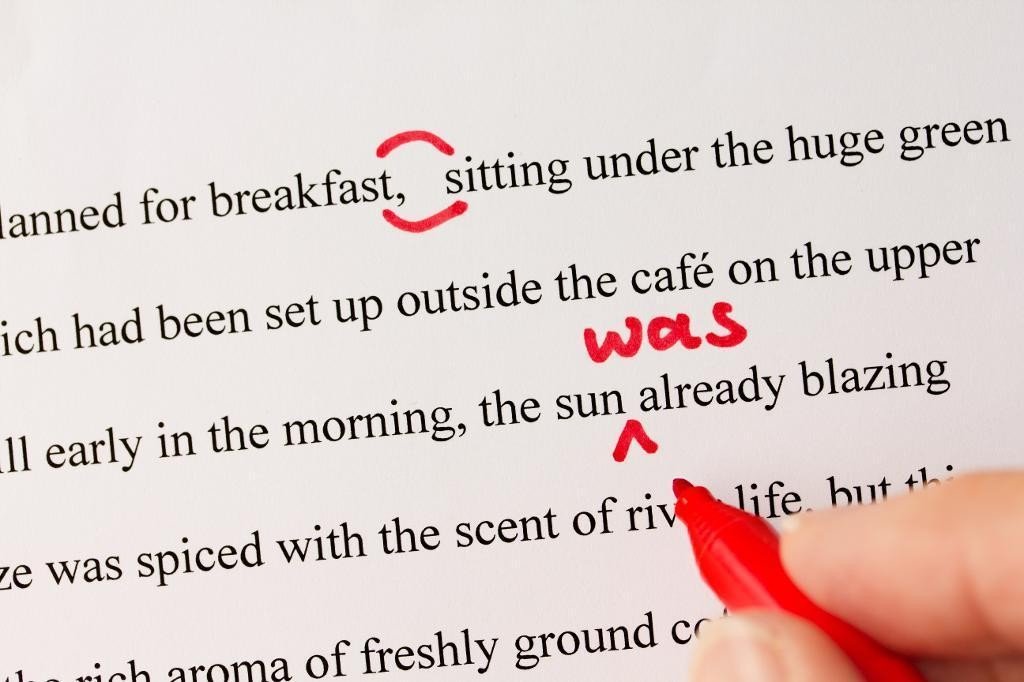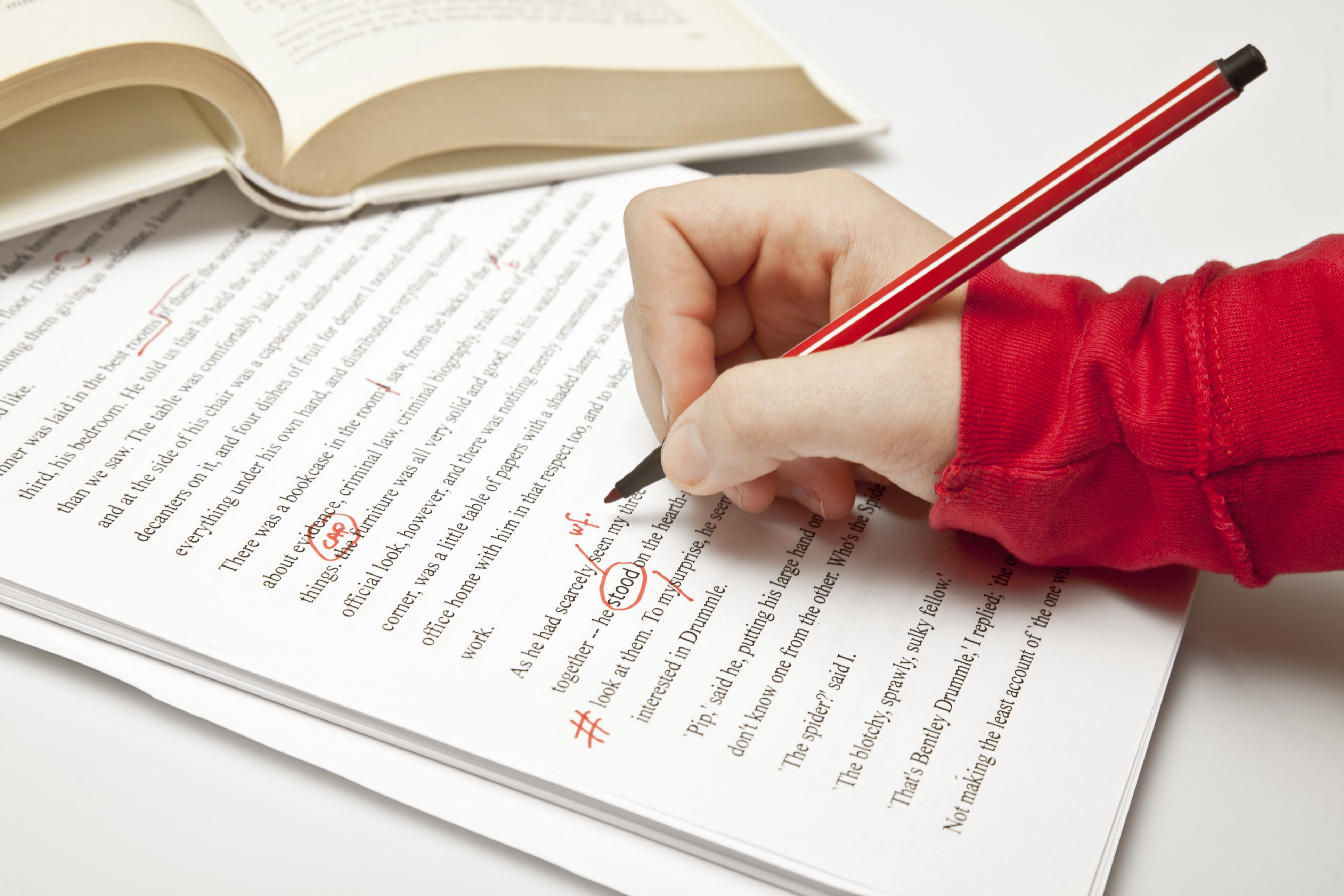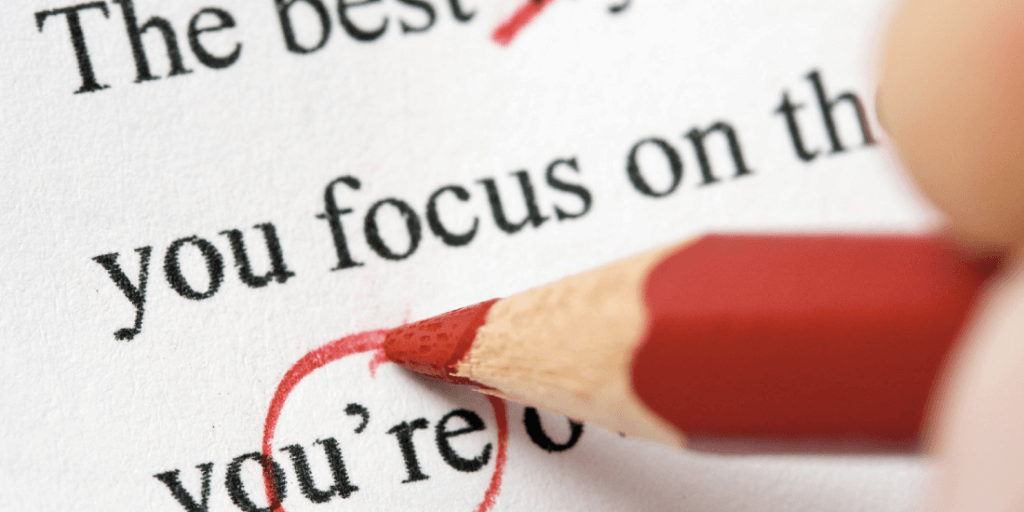If you are a validator for BigTranslation, please remember to follow all the steps outlined in the following document – it’s an indispensable tool to have at your disposition to ensure that all texts are up to the highest standards.
Documentation: Validation Guide

If you have been invited to become a validator for BigTranslation, please remember to follow all the steps outlined in the following document. We invite those translators with more experience and consistenty positive feedback to become validators in their target language.
Validating on the platform
In order to help you get to grips with what is involved in the validation of the texts on the platform, we have drafted this short handbook covering the main requirements and outlining how to tackle any issues you may encounter. Validation essentially involves you taking on the role of a proofreader to revise your colleagues’ translations and validate them so that they can be published.
This guide is an indispensable tool to have at your disposition to ensure that all texts are up to the highest standards and it is good to familiarise yourself with its content before getting started, to avoid any uncertainties.
The validation guide will also help to explain and make sure that you don’t overlook any of the fundamental elements required for the validation of texts in your target language.
If validators have any questions, they can contact us directly via email ([email protected]), telephone (+34 961155803) or by Skype call or instant message.
Validation guide SCREEN





